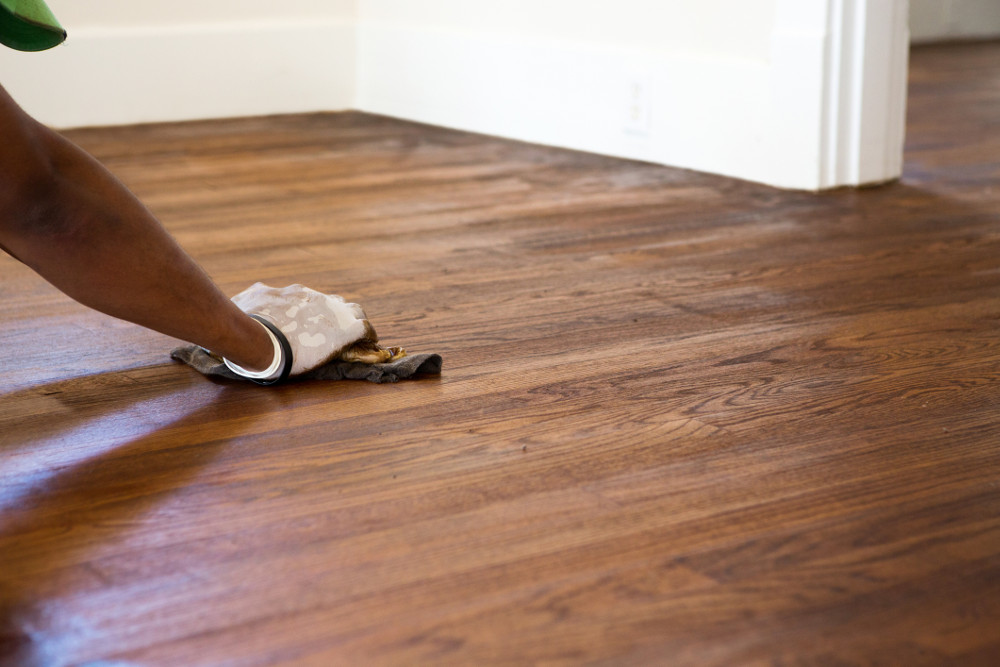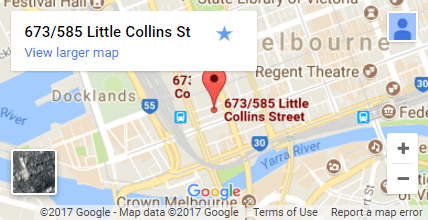Floor sanding can transform your entire home and make it look brand new again, which may leave you wondering if there are any do’s or don’ts when it comes to this process. While these are some common traces of time and everyday use that leave imperfections that can be easily dealt with, there are some cases where floor owners have tried and failed at a DIY wood floor sanding and renovation project. DIY projects can sometimes turn into such a nightmare that the end result is irreparable. Fortunately, such situations are uncommon. Today, we’ll go over the top five most common wood Floor Sanding Melbourne mistakes and how to avoid them.
Mistake #1: Not Sanding At All
Most floors don’t need to be sanded, and in fact doing so can cause damage. The more you sand, the more likely it is that you will remove too much wood from your floor. Leave refinishing your floor to experts, as they will only take off a little bit of surface material, preserving both its structure and appearance. If a floor doesn’t have many imperfections or show any signs of water damage or stains, there’s no need to sand it. You can just apply some stain and lacquer and then move on with your life. The pros at Floor Sanding Melbourne can help you determine whether or not your floors should be sanded down by doing a simple inspection in-home before starting any work.
Mistake #2: Sanding The Edges
If you’re new to floor sanding, and have never done it before, then don’t be tempted to sand around doors and edges. While you might think that it will take a lot of time and effort – it doesn’t. In fact, doing so can actually damage your wood floor, meaning that you could potentially make your floors worse in certain areas, such as corners. If anything goes wrong with that part of your floor; chances are that you won’t be able to get it back perfectly straight again because of how fragile a door frame is compared to other places on your home.

Mistake #3: Not Sanding Diagonally
Sanding the floorboards diagonally definitely speeds up and simplifies the process for DIY enthusiasts. Furthermore, sanding the floor’s surface diagonally will result in much smoother and even floorboards.
Mistake #4: Going Too Fast
Of course, you should ensure that all areas of the floor are well-sanded, so you don’t have to skip on all those room edges. At the end of the day, this is why the sanding edger exists and is used. However, for a DIY sanding enthusiast, doing the edges perfectly and working with the edger is a very difficult, tiring, and even difficult job. The good news is that you don’t have to pay as much attention to these areas, and you can sand them with a slightly lower grit sandpaper than you will for the rest of the floor.
Mistake #5: Not replacing sandpaper with new one often enough
It is critical to change the sandpaper once the sheet you are using becomes clogged. It happens due to a lack of knowledge and experience, or simply because you want to save money and not buy too much sandpaper, but not replacing the sandpaper on a regular basis is a huge mistake. Changing the sandpaper frequently and when it becomes clogged will allow you to sand your floor faster and easier, resulting in better and more professional results.


